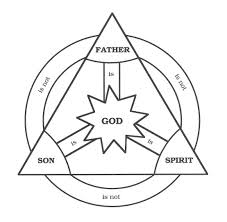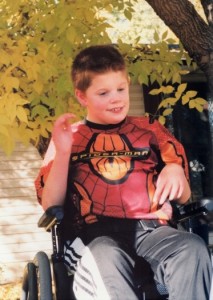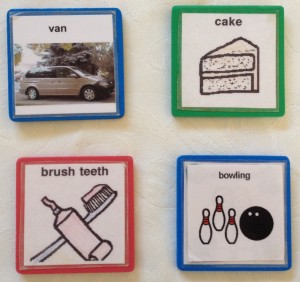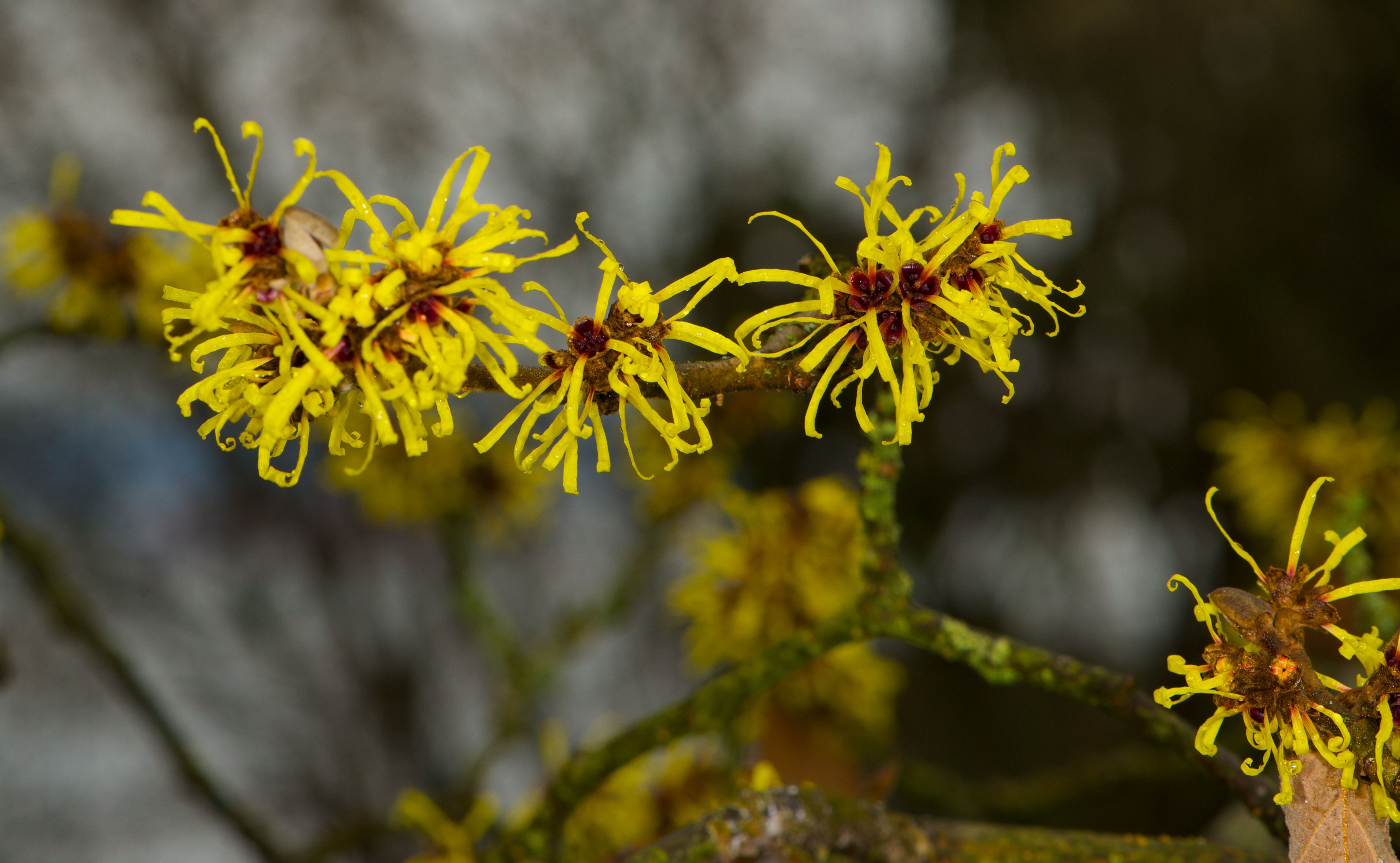The Trinity is the fundamental doctrine of the Christian faith. Simply put it is: God exists simultaneously as Father, Son and Holy Spirit; The Father is not the Son nor the Spirit, the Son is neither Father nor Spirit, the Spirit is neither Father nor Son.
The doctrine of the Trinity is also one of the fundamental attack points against Christianity. Rationalists reason that it’s impossible for three somethings to be one something, or for one something to exist as another something but not as a third something; The Father might be god, but the Son could only be another god; they both couldn’t be a singular god. And especially not when you throw the Spirit into the mix as well.
The idea of three being one and not being each other is simply too paradoxical for the rational scientific mind. Yet it is also foundational to the physical reality around us.
A triune existence
Everything that exists is comprised of Time, Space and Matter: a trinity of existence.
1) Time exists as Past, Present and Future. The Past is not the Present nor the Future. Likewise the Present is neither Past nor Future and Future is neither Past nor Present.
2) Space exists as Height, Depth and Width. With each not being the other two, yet all being Space.
3) Matter exists as Solid, Liquid and Gas, again with each being matter but not either of the other two.
Experience does not define us
The existence of these natural trinities is not proof of the spiritual Trinity. It is not proof of the doctrine nor the faith built upon it. Rather they are simply a means of describing what we experience in the physical realm. “The physical universe does not lie”. Trinity exists in the physical universe. Therefore it is not surprising that it is also used as an expression for how we experience the divine. Yet it is impossible to describe what you’ve not experienced. For those who do not believe in God, no amount of logic or “proof” will convince them; They have to experience God. Our experiences do not define us, but they shape and transform us.
I remember the first time I experienced the mountains of the Canadian Rockies – sitting in the back seat with the convertible’s roof down, basking in the sunlight, wind driven hair and surrounded by rock walls. Their jagged tops scarring the sky with clouds. The ancients believed if they could build a tower to the sky they would find eternity and immortality. These mountains, ancient sea beds now thrusting to the heavens, spoke of the transforming permanence of eternity. They were the past thrust upward to my present and reaching further up to the future. It was as if I had arrived home.
A few years later I attended school on a small island on the west coast of Canada. In that year, on clear days I could see the ragged tops of the Coastal range. Yet imperceptibly I was being transformed, as the salt air and ocean wind filled my lungs, invigorated my mind and permeated my soul. I became intoxicated; addicted to the oceans call. Its vast breadth and length stretching beyond the horizon; its unfathomed depth calling to the deep of my soul. It is more ancient than the mountains, for it was out of the depths the earth was formed. The solid ground called forth to separate liquid source and gaseous sky.
Home where I belong
It is here, in nature, I find trinity, where sky meets mountains and mountains meet ocean and ocean stretches to the sky. It calls my body to hike its trails and climb its peaks. It recharges my soul as the pungent ocean air once filled my lungs. It challenges my mind as I ponder the vast expanse of space and sky. The psalmist once wrote: “The heavens declare the glory of God.” To which I add: “and nature sings it’s heavenly songs, and I am home where I belong.”



 He was also severely verbally challenged; while he could “speak”, his speech was incomprehensible, except for a few “words” that we who cared for him could understand. A Picture Exchange Communication System (PECS) was developed to aid us in communicating with him. PECS enabled Justin to tell us when he was hungry, what music he wanted to listen to, and what activity he wanted to engage in.
He was also severely verbally challenged; while he could “speak”, his speech was incomprehensible, except for a few “words” that we who cared for him could understand. A Picture Exchange Communication System (PECS) was developed to aid us in communicating with him. PECS enabled Justin to tell us when he was hungry, what music he wanted to listen to, and what activity he wanted to engage in. At 9100 feet, Crowsnest Mountain dominates the valley which bears it’s name. Three times I’ve proudly stood on it’s summit; the last being 30 years ago. August 22, 2014 was to be the fourth, but I failed!
At 9100 feet, Crowsnest Mountain dominates the valley which bears it’s name. Three times I’ve proudly stood on it’s summit; the last being 30 years ago. August 22, 2014 was to be the fourth, but I failed! A couple of weeks later when I was putting my pack away for the season, I found the answer. Two weeks before the climb I had taken a couple of friends up to Stanley Glacier: a beautiful, but modest, hike about 1/4 the climb of Crowsnest. On the way down, I had packed out 3 “souvenir” rocks, (together weighing about 30 pounds) for our water pond at home. I found those rocks still in the bottom of my pack after the Crowsnest climb.
A couple of weeks later when I was putting my pack away for the season, I found the answer. Two weeks before the climb I had taken a couple of friends up to Stanley Glacier: a beautiful, but modest, hike about 1/4 the climb of Crowsnest. On the way down, I had packed out 3 “souvenir” rocks, (together weighing about 30 pounds) for our water pond at home. I found those rocks still in the bottom of my pack after the Crowsnest climb.



